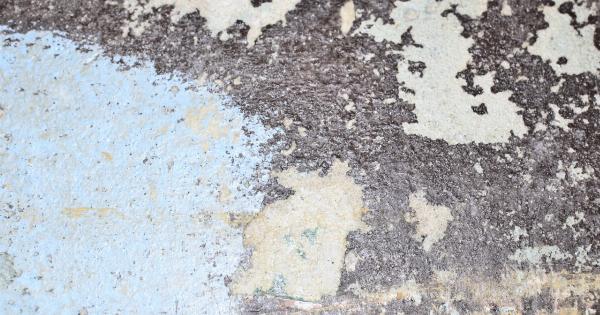Infant stool changes can be a cause of concern for many new parents. It is important to understand what is considered normal in terms of stool consistency, color, and frequency in infants.
This article aims to provide information on what to expect when it comes to your baby’s stool and when to seek medical advice.
What is Normal Infant Stool?
Normal infant stool can vary depending on various factors including the age of the baby, their diet, and overall health. For breastfed babies, it is common to see yellowish, seedy, and loose stools.
This is because breast milk is easily digested and contains antibodies that promote healthy gut functioning. On the other hand, formula-fed babies may have slightly firmer and lighter-colored stools compared to breastfed babies.
Stool Consistency
The consistency of an infant’s stool can provide useful insights into their digestive health. In the first few days of life, it is normal for babies to pass meconium, which is a thick, dark, and sticky substance.
As the baby begins to consume breast milk or formula, their stool transitions to a looser and softer consistency.
If your baby’s stool becomes very watery, it may be a sign of diarrhea. Diarrhea can be caused by various factors including viral or bacterial infections, food allergies, or excessive juice intake.
It is important to monitor your baby for signs of dehydration if they have watery stools.
On the other hand, if your baby’s stool is extremely firm and pellet-like, it may be an indication of constipation. Constipation in infants can be caused by inadequate fluid intake, a change in diet, or certain medications.
If your baby is struggling to pass stools and seems uncomfortable, it is recommended to consult a healthcare provider.
Stool Color
The color of infant stool can also vary and change over time. In breastfed babies, it is common to see yellowish or mustard-colored stools. This is due to the presence of bilirubin, a pigment produced when red blood cells are broken down.
As the baby’s digestive system matures, the stool color may transition to a lighter shade of yellow or brown.
Formula-fed babies may have slightly lighter-colored stools compared to breastfed babies. The color can range from light yellow to tan or brown. It is important to note that certain changes in stool color can be a cause for concern.
If your baby’s stools are consistently pale or chalky white, it is recommended to consult a healthcare professional as it may indicate a problem with bile production or absorption.
Occasionally, you may notice streaks of blood or mucus in your baby’s stool. This can be a result of small tears in the anus or a sign of an infection.
If you notice persistent blood or mucus in your baby’s stools, it is important to seek medical advice.
Stool Frequency
The frequency of bowel movements in infants can also vary. In the first few weeks of life, it is common for breastfed babies to have several bowel movements per day. This is because breast milk is easily digested and promotes healthy bowel movements.
Formula-fed babies, on the other hand, may have fewer bowel movements. It is normal for formula-fed babies to have one bowel movement every one to three days.
However, if your baby seems uncomfortable or is straining excessively to pass stool, it may be a sign of constipation.
It is important to keep track of your baby’s bowel movements and look for any significant changes. If your baby’s stool pattern suddenly changes, it may be worth discussing with your healthcare provider to rule out any underlying issues.
When to Seek Medical Advice
While many changes in infant stool are perfectly normal, there are certain conditions that require medical attention. If you notice any of the following, it is recommended to consult a healthcare provider:.
- Consistently watery stools or signs of dehydration
- Extremely firm or pellet-like stools
- Consistently pale or chalky white stools
- Persistent blood or mucus in the stool
- Severe changes in stool frequency
- Excessive crying or discomfort during bowel movements
Your healthcare provider will be able to evaluate your baby’s stool changes and determine if any further tests or treatments are needed.
Conclusion
Understanding what is considered normal in terms of infant stool changes can provide reassurance to new parents.
While stool consistency, color, and frequency can vary, it is crucial to keep an eye out for any significant changes that may indicate an underlying issue. By monitoring your baby’s stool and seeking medical advice when necessary, you can ensure that your little one’s digestive health remains in good condition.































